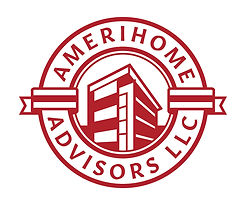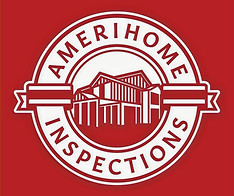How to save money on your homeowners Insurance policy with the right underlayment!
- Phil Gribbons
- Mar 6, 2024
- 2 min read

When you are negotiating the purchase of a newly constructed home, ask the sales person what type of roof shingle underlayment will be used.
The most common underlayment is Asphalt - Saturated Felt which is a traditional underlayment material. (ASF) used by homebuilders.
ASF is widely used in production homes for its cost-effectiveness. It provides an acceptable water resistance and is suitable for most roofing applications. While it is a good choice, it may not offer the same level of durability and high-temperature resistance as some alternatives.
Other choices may be Synthetic and Rubberized underlayment which are gaining popularity in Florida due to its performance characteristics.
This type of underlayment adheres well to the roof deck, reducing the risk of wind-driven rain infiltration. It also offers good thermal insulation and offers UV resistance.
So, which underlayment provides the highest discount on your insurance premium?
The below picture was taken from the Florida Wind Mitigation 1802 form which provides the answer. It states that standard underlayment does not qualify as a satisfactory SWR that qualifies for a discount. The answer that they are seeking is the top one. “a self-adhering polymer modified – bitumen underlayment applied directly to the roof sheathing” The one that we feel would qualify is a Peel & Stick Underlayment. It has a peel-away backing that exposes an adhesive layer, allowing it to bond directly to the roof deck.

This type of underlayment claims to provide a watertight seal, making it suitable for both flat and low-slope roofs in addition to pitched slopes. It is stated to be able to provide protection against wind-driven rain and is commonly used in coastal communities along the beach. We suggest that you discuss this with your insurance agent first to ensure that the costs of upgrading your underlayment to Pell & Stick does not exceed the potential savings off your insurance premium over a 3 to 5 year period of time.




Comments